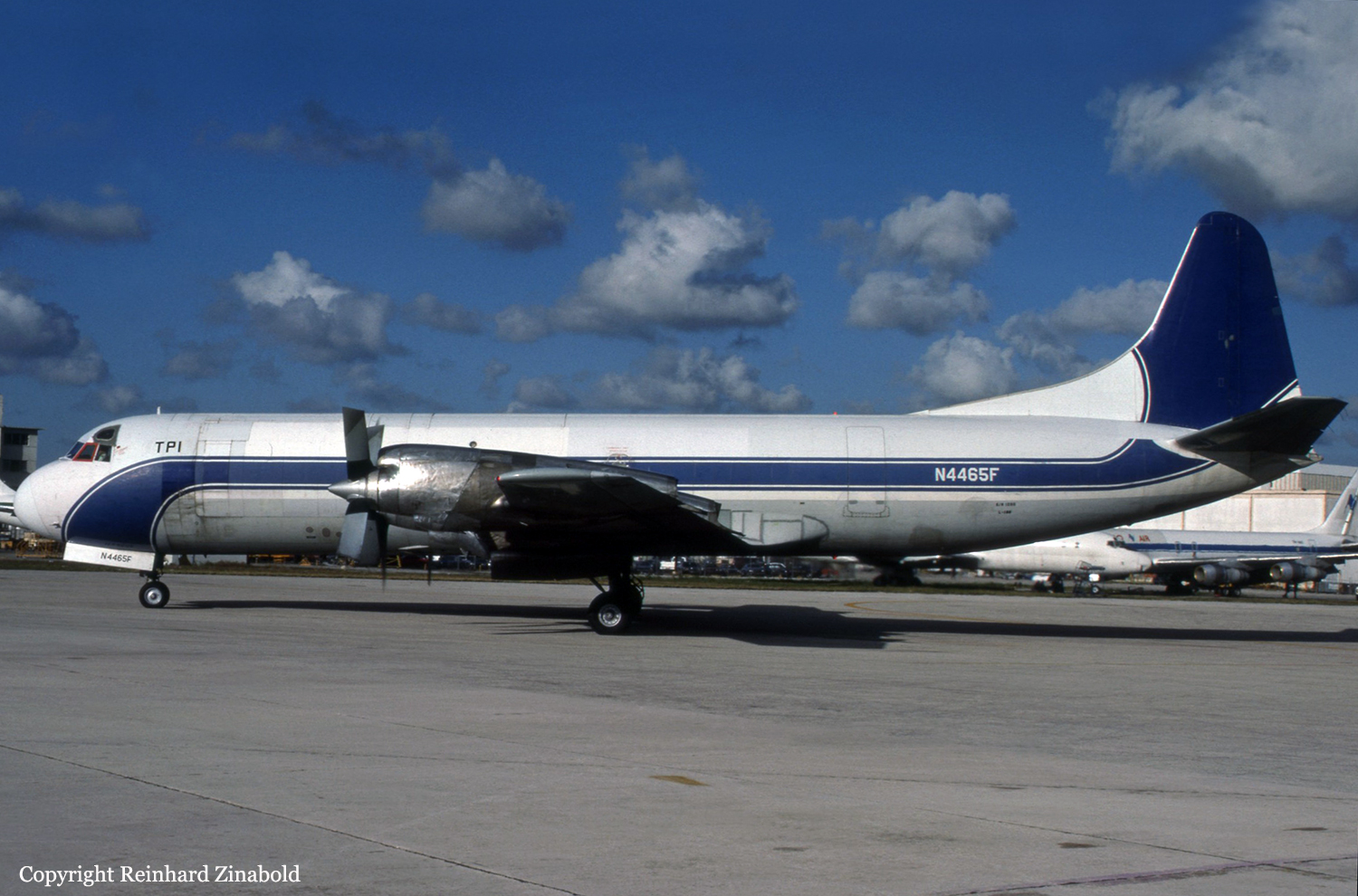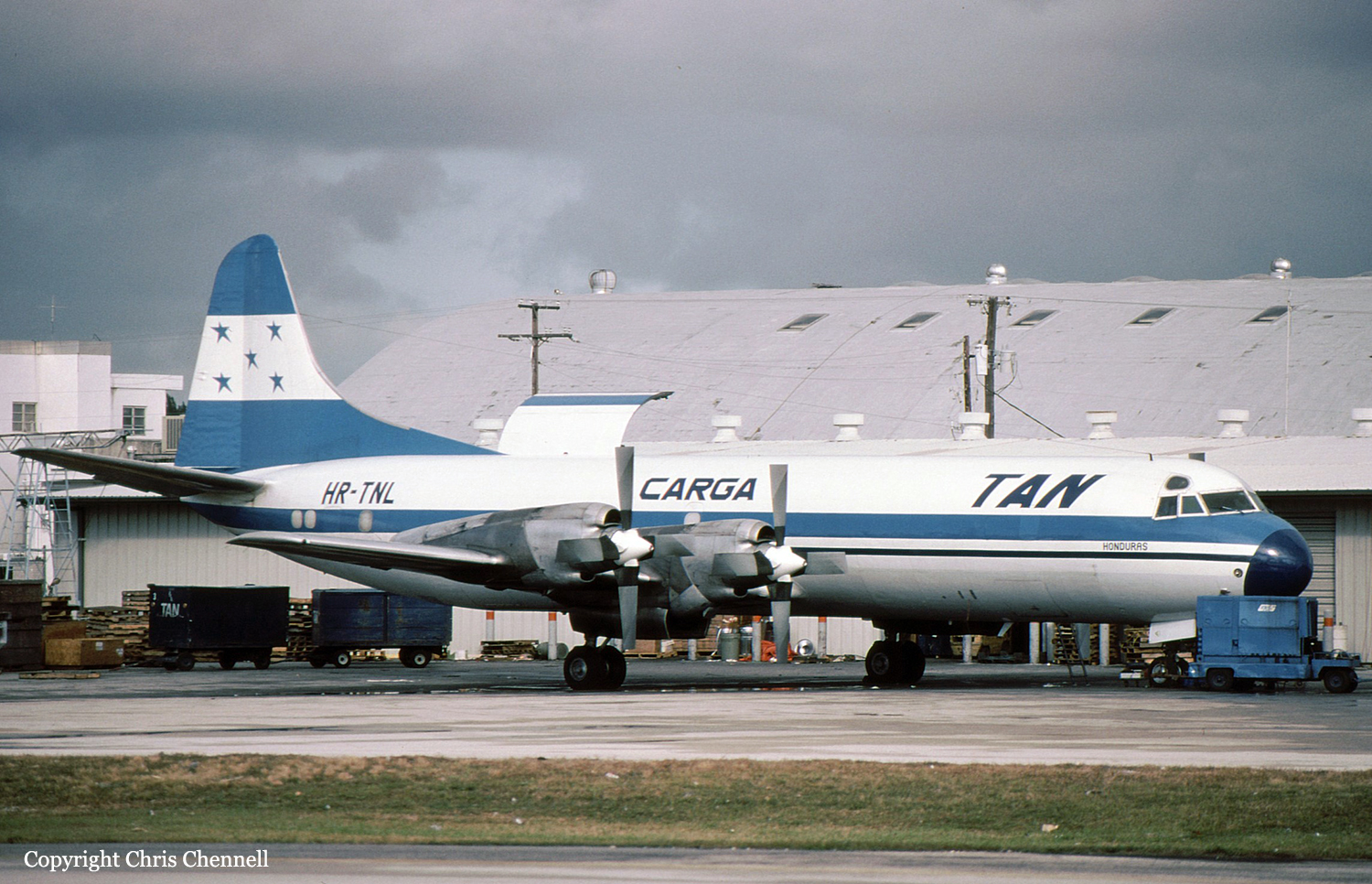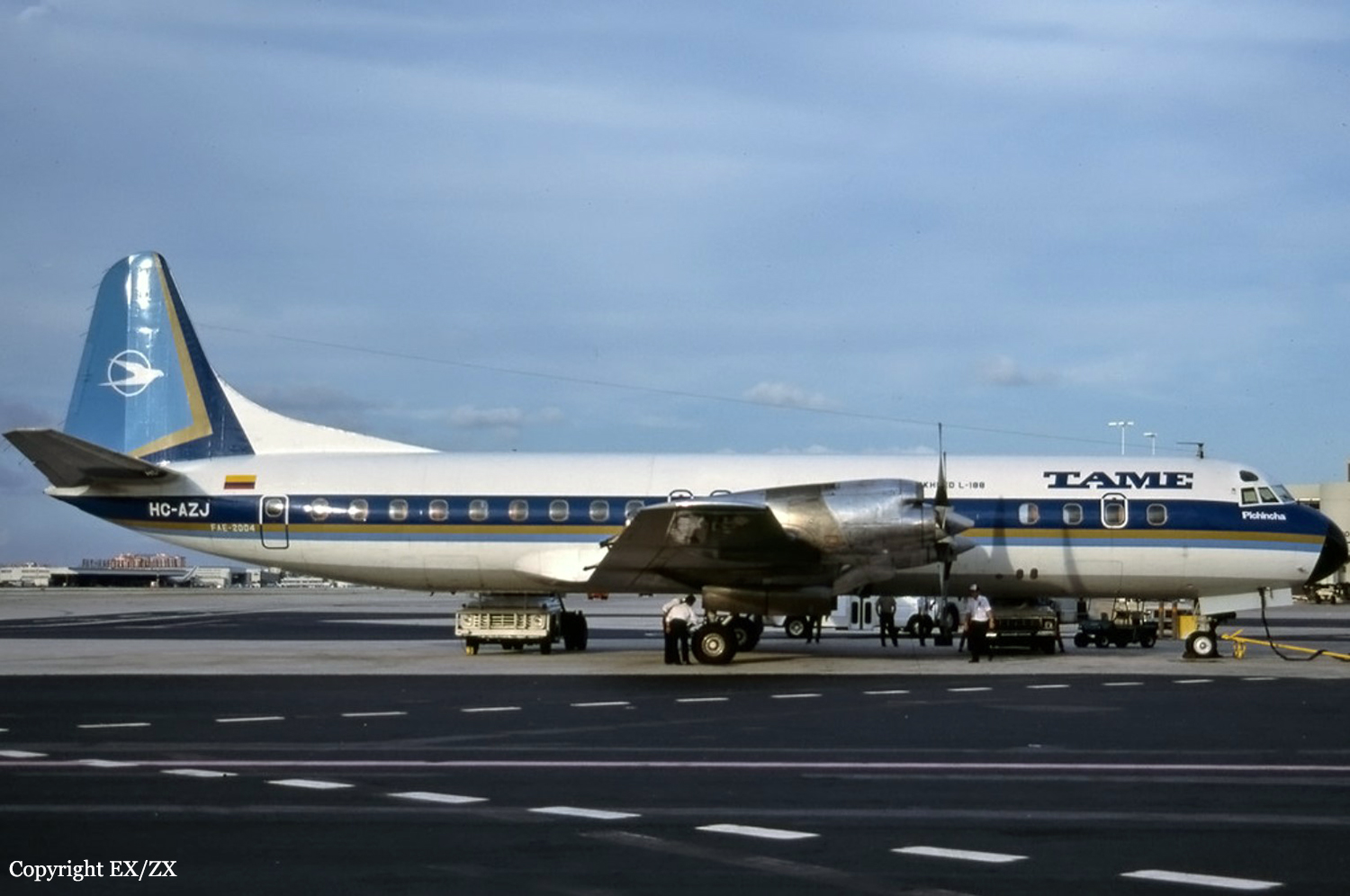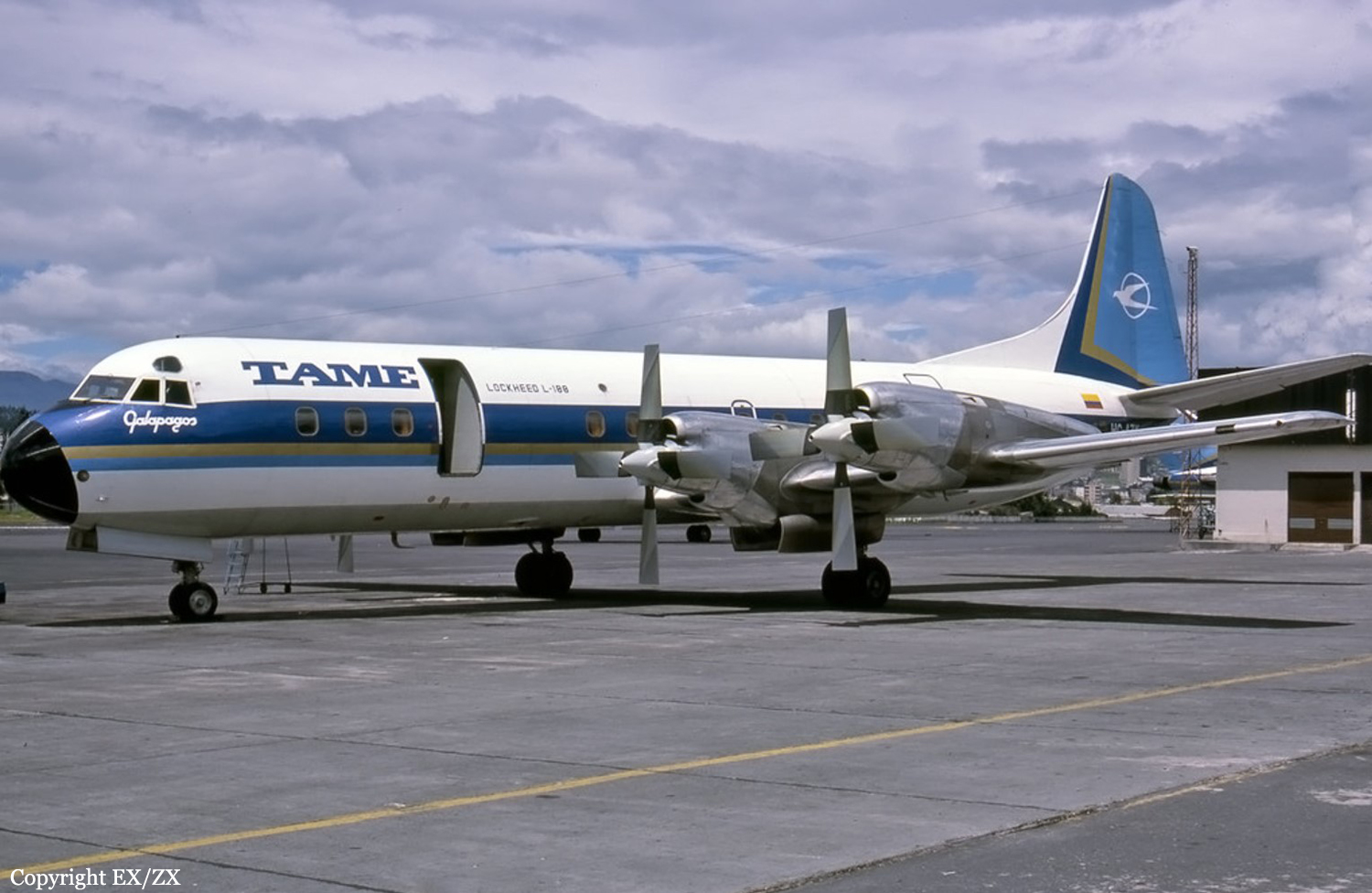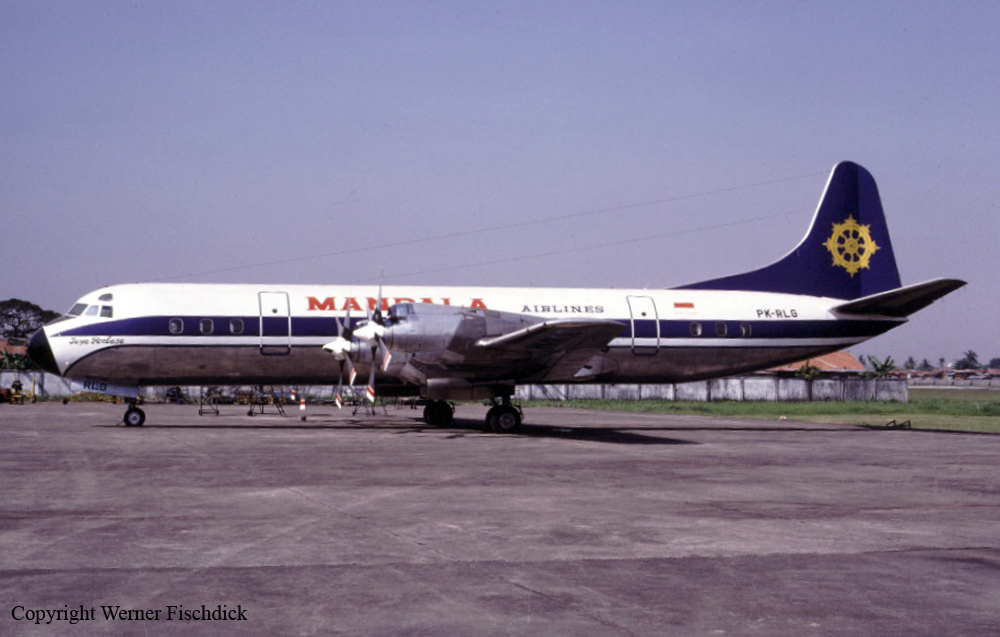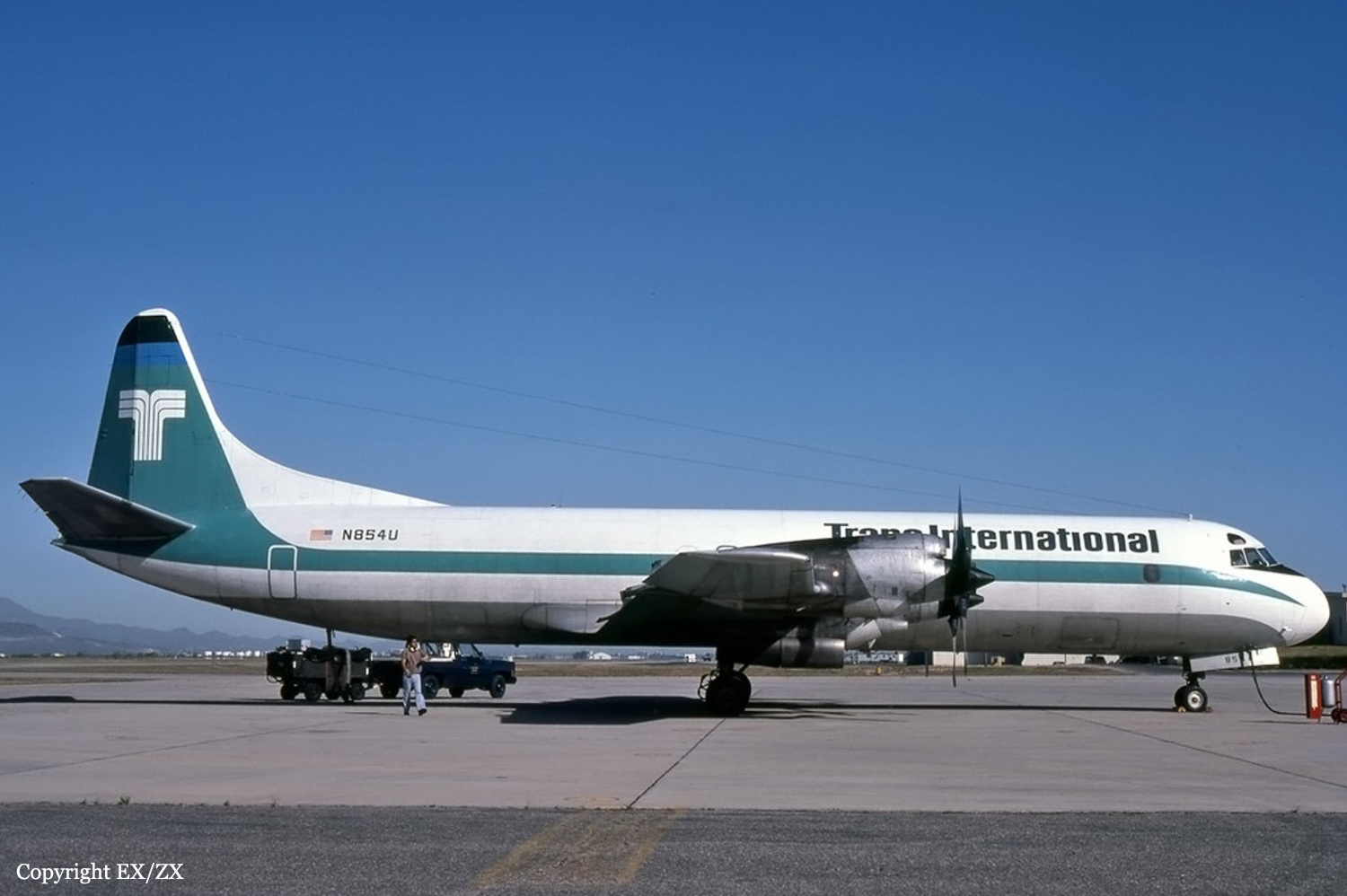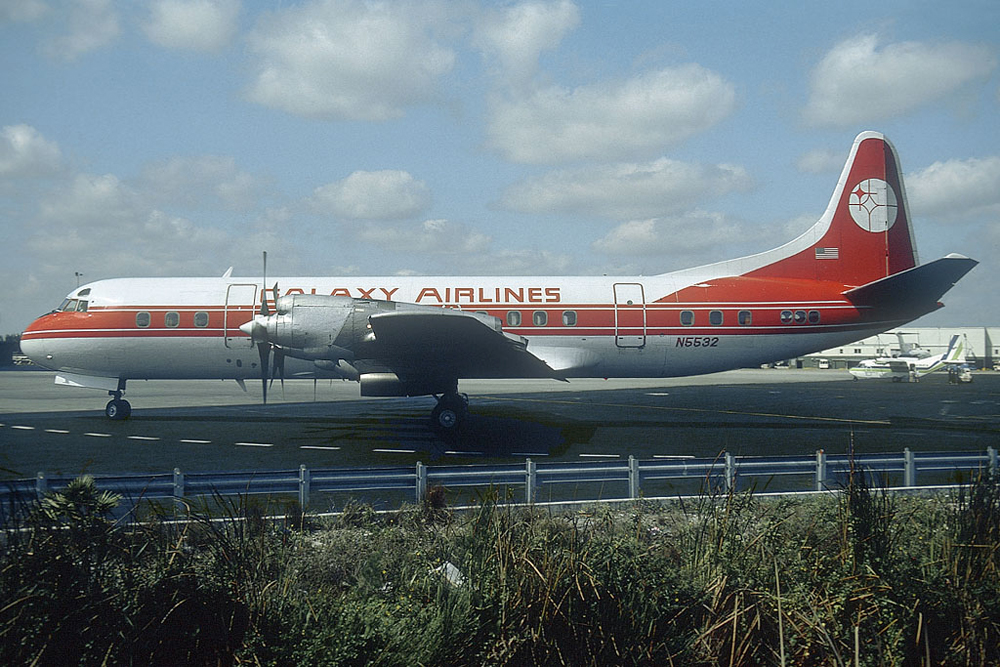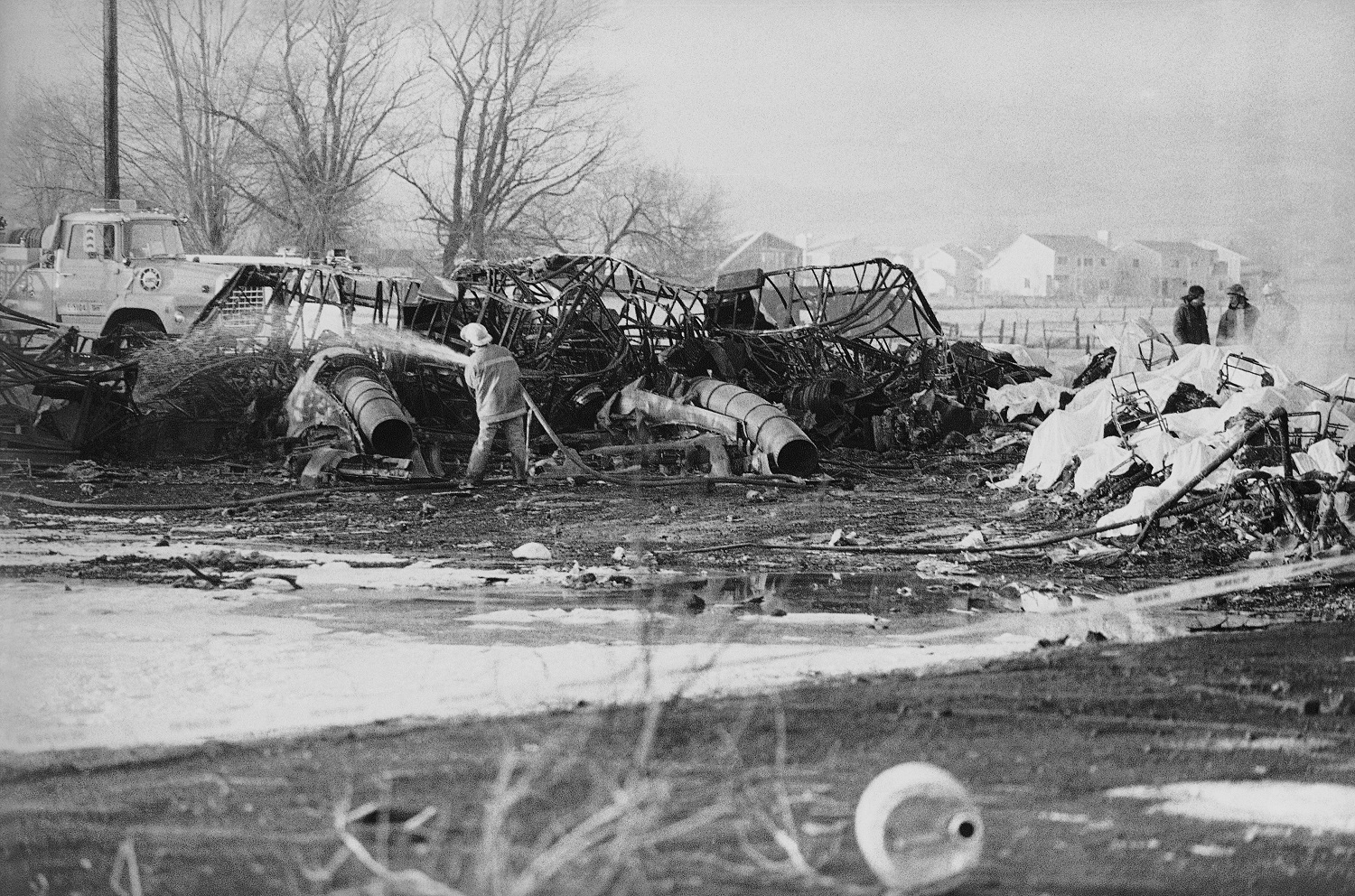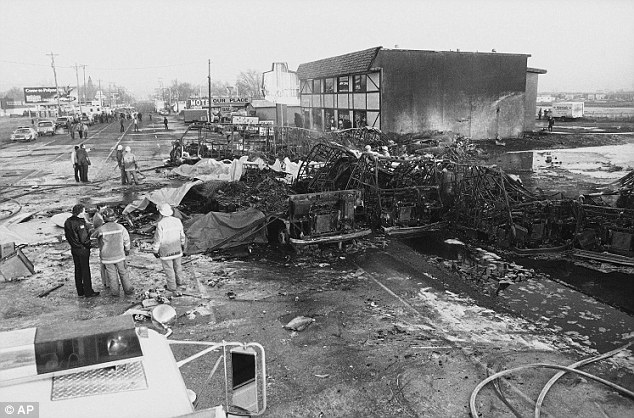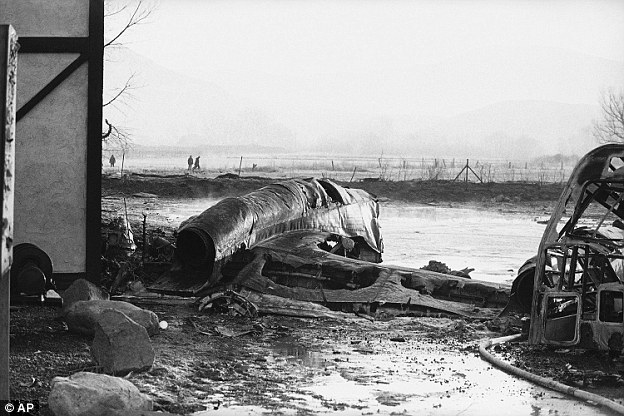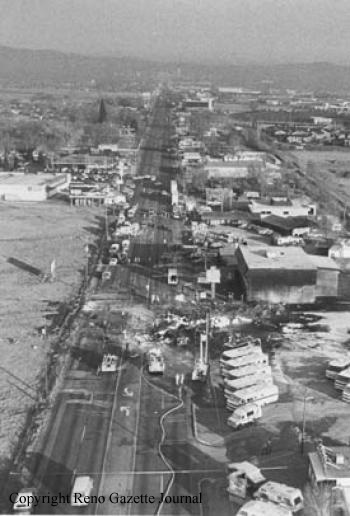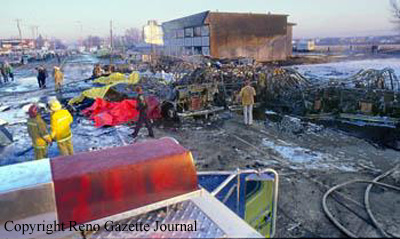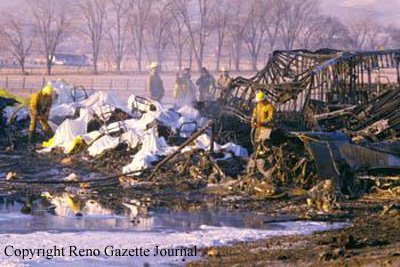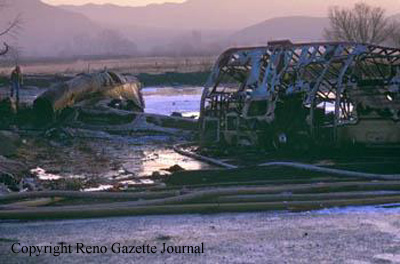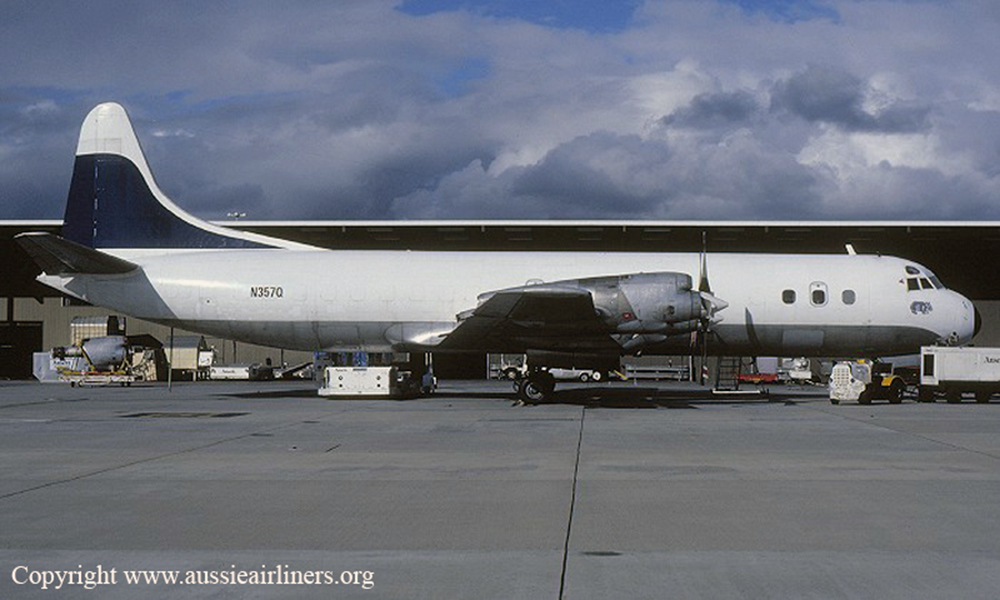Crash of a Lockheed L-188CF Electra in Oranjestad
Date & Time:
Jul 14, 1990 at 1627 LT
Registration:
N4465F
Survivors:
Yes
Schedule:
Oranjestad – Panama City
MSN:
1096
YOM:
1959
Crew on board:
3
Crew fatalities:
Pax on board:
0
Pax fatalities:
Other fatalities:
Total fatalities:
0
Captain / Total hours on type:
3150.00
Aircraft flight hours:
31829
Circumstances:
While in climb at 18,000 feet the crew heard and explosion and lost n°3 and 4 engines. They visually noted that the propellers and portions of the gearboxes were also missing. They then shut down no 2 engine due to erratic indications. They declared an emergency and landed. The gear boxes and propellers were not recovered from the caribbean sea.
Probable cause:
The inflight loss of the n°3 and 4 propellers and gearboxes for undetermined reasons. The failed components were not recovered from the Caribbean Sea.
Final Report:
